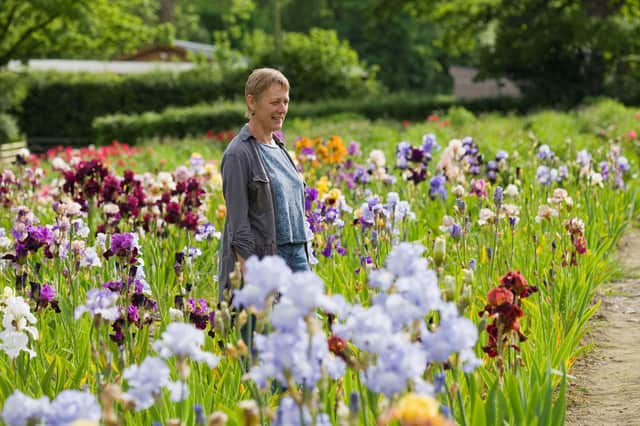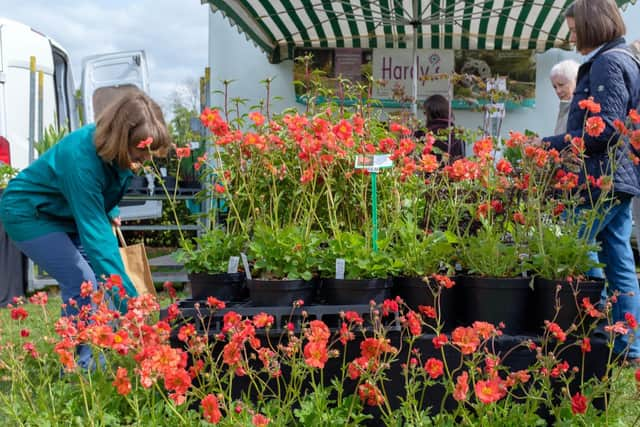Experts like Charles Dowding and Claire Austin offer tips on making gardens more eco-friendly


Squire’s Garden Centres has just launched its ‘Sustainability Champions’ programme, in which team members have been tasked with identifying solutions to help Squire’s become a more sustainable business.
Sarah Squire, the brand’s chair, says there are several things we can do including buying British plants, using peat-free compost, adding a water butt to your garden to collect and reuse water and growing your own fruit and veg.
Advertisement
Hide AdAdvertisement
Hide AdCharles Dowding the ‘no-dig’ gardening expert and author of Skills For Gardening (Chelsea Green, out in January) says he wants to ditch the plastics habit.


“I wish to discover alternatives to fleece, made of polypropylene, although we do use it several times. I was sent some wool fleece to try
but it is heavy, expensive and sheds wool.
“I want to find more combinations of interplanting. Already we are finding several, which work really well. I also want to make better compost, probably with more wood content for improved structure and air content.”
Claire Austin, owner of Claire Austin Hardy Plants, says gardening in an eco-conscious way is nothing new.
Advertisement
Hide AdAdvertisement
Hide Ad“Gardeners have done it for centuries. Part of the trick lies in choosing plants that work for your garden. I can’t be doing with plants that need fuss and cosseting – I like growing perennial varieties that will thrive simply by being planted in the right conditions.
“I leave the stems to dry out over winter to support wildlife and then simply strim them back in around March to encourage the fresh growth.
“Peat-free compost is a no brainer – I’ve been using peat-free compost in my garden and on the nursery for over a decade and I have always had great results.”
Green campaigner and former Bake Off winner Nancy Birtwhistle believes living a sustainable life around the home and in the garden has never been more important.
Advertisement
Hide AdAdvertisement
Hide Ad“My resolution will focus on the necessity to continue to turn away from proprietary toxic weed killers, path clearing and patio cleaning products.
“Did you know that boiling water and a tiny sprinkle of table salt will control the most difficult weeds that appear in cracks and pathways, and the treatment will last for more than a season? Just a simple, cheap, eco-friendly and effective switch,” she says.
“In addition, while I continue to use the plastic pots and trays that I have, I will not buy more and will instead invest in sustainable containers that are either compostable or made from natural materials.”
Artisan flower grower Meg Edmonds, co-chair of Flowers from the Farm, says there are simple steps we can all take to make gardening more sustainable.
Advertisement
Hide AdAdvertisement
Hide Ad“Buying local is one of the best things you can do to reduce your carbon footprint. When you seek out your local farmer-florist for flowers for a bouquet or a celebration, you are actively choosing to buy beautiful flowers which have a fraction of the carbon footprint of hothoused imported blooms, which may have been flown in from as far away as Kenya, Colombia, Ecuador and Ethiopia.
“Another of my New Year’s resolutions will be to take even further steps to protect and build the health of my soil. In recent years we have really focused on building the organic matter in our fields by applying mulches and covering any open ground in-between crops.
“This is an excellent way to control weeds, retain soil moisture and build biodiversity.”
